The 29th Infantry Division Served as a Foundation for Unity Across the Mason-Dixon Line
Story by U.S. Air National Guard Tech. Sgt. Enjoli Saunders, Maryland National Guard Public Affairs Office
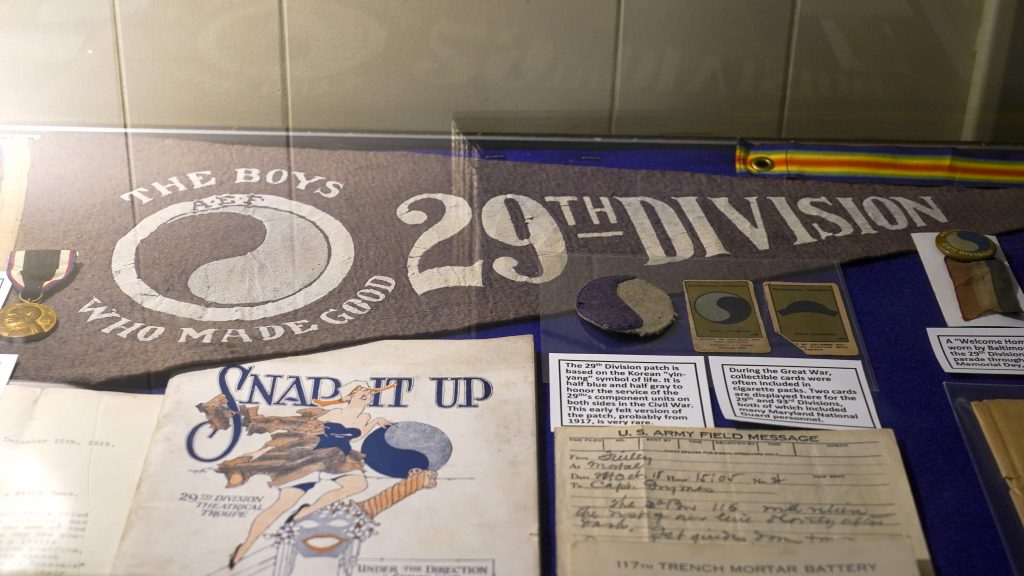
The commission is considering whether to recommend the 29th Infantry Division insignia for revision. The circular yin-yang patch of blue and gray was initially created during World War I by U.S. Army Maj. James Ulio, who went on to become a major general and the Adjutant General of the Army.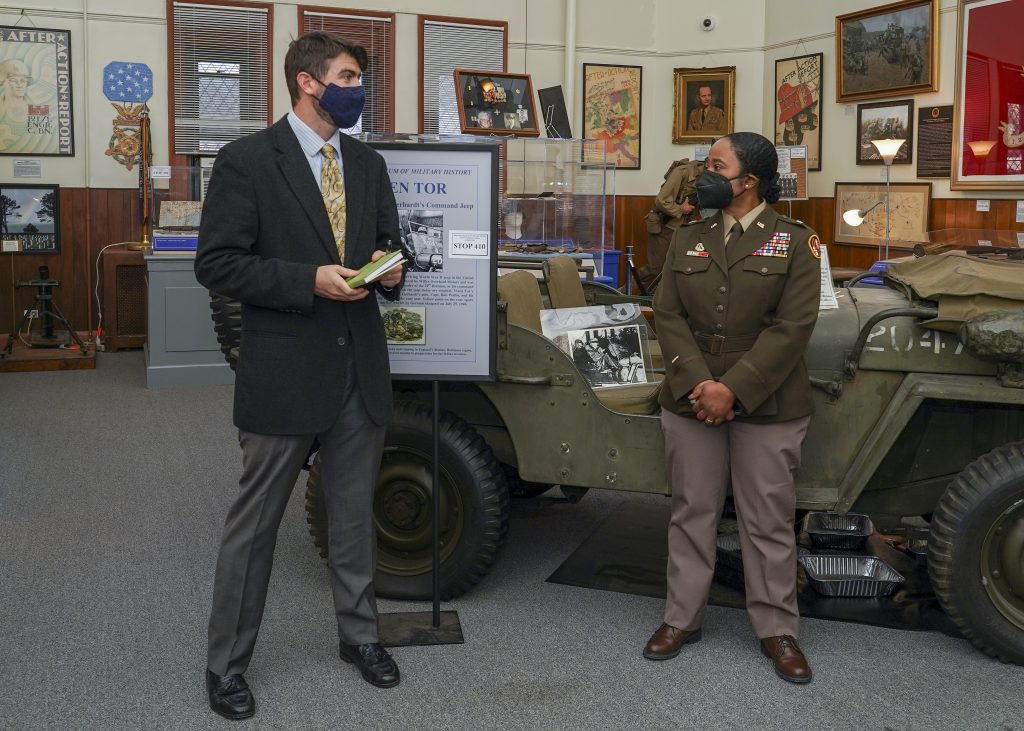 The Naming Commission was chartered to provide naming, renaming, and removal recommendations to Congress for all Department of Defense items that commemorate the Confederate States of America or any person who served voluntarily with the Confederate States of America.
The Naming Commission was chartered to provide naming, renaming, and removal recommendations to Congress for all Department of Defense items that commemorate the Confederate States of America or any person who served voluntarily with the Confederate States of America.
The patch represents reconciliation, reunification, and reintegration of those that served side-by-side despite their political, demographic, and geographic differences. The division was originally comprised of soldiers from both sides of the Mason-Dixon Line: New Jersey, Delaware, District of Columbia, Maryland and Virginia, which made it unique.
“We believe … that the 29th ID patch does not glorify the Confederacy,” stated U.S. Army Maj. Gen. Timothy E. Gowen, adjutant general for Maryland, who hosted the visit. “Rather, it puts the Confederacy in perspective of the continuum of United States history and instead honors what opposing sides can do when they put their differences aside and stand united to support the greater good.”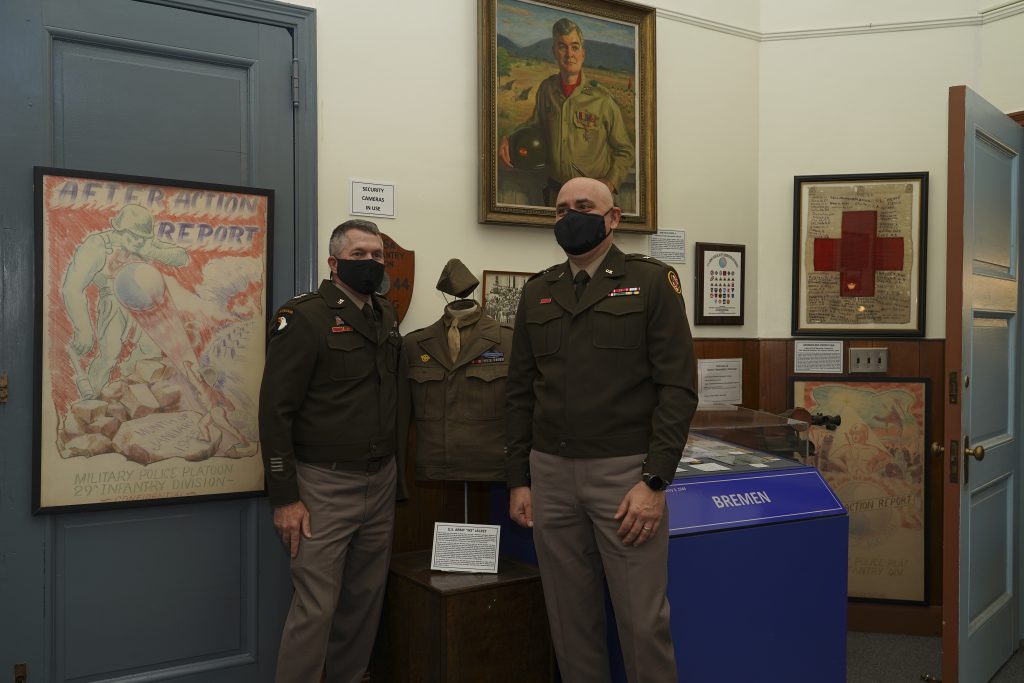
The joining of northern and southern soldiers into one cohesive unit occurred just 50 years after the Civil War, at a time when the wounds on both sides still ran deep. At that time, it was nearly unheard of for divisions to combine units from northern and southern states.
During World War I, the 29th Division participated in the Meuse-Argonne offensive, where Maryland’s 115th and Virginia’s 116th Regiment led an attack leading to the capture of enemy strongpoints and more than 1,500 enemy troops.
However, the division is most well-known for its World War II participation in the June 6, 1944, D-Day invasion of Normandy. According to Dr. Julie Shively, command historian for the Maryland National Guard, the unit lost 3,500 men during the invasion, with more than 20,000 men killed or wounded over the course of the war.
Today, there are more than 450 National Guard Soldiers assigned to the 29th ID. The division continues to deploy in support of state and federal needs. The unit has served in Iraq as well as Afghanistan and has future plans to deploy to Africa to continue serving and fighting the Global War on Terrorism.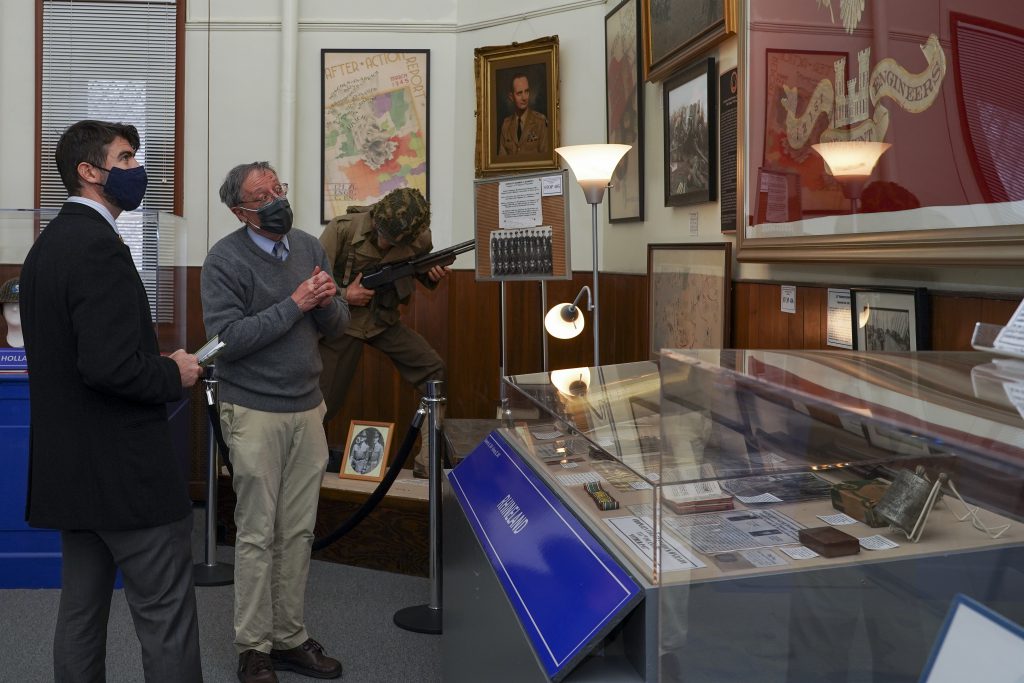
“The division patch itself never represented anything negative in my mind,” said retired U.S. Army Maj. Gen. Linda L. Singh. “I have always thought of it as a symbol of unity at a time when things were in shambles. Even to this day, the thing that unites Maryland and Virginia National Guard is the 29th.”
Singh was the first African-American and the first woman to serve as Maryland’s adjutant general. She served in the 29th Infantry Division on multiple assignments throughout her career, including a deployment to Afghanistan.
“Wearing the division patch for me is a badge of honor in showing I belonged to a legendary organization that has made a difference in the world time and time again,” said Singh.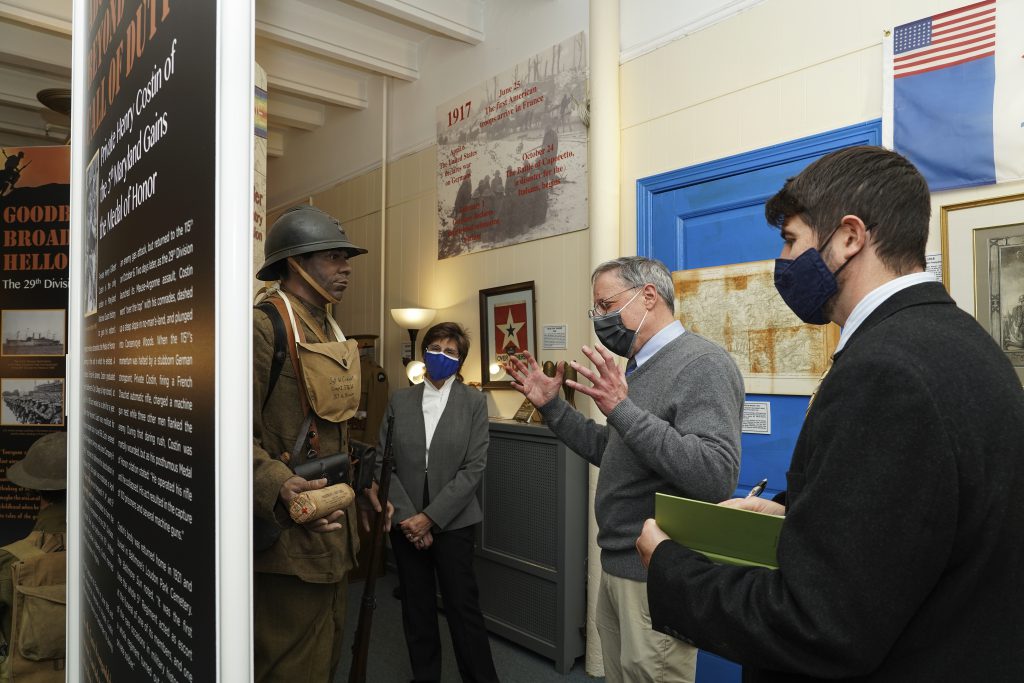
According to the Naming Commission, there has not yet been a determination as to whether or not to recommend the division’s blue and gray insignia to be retired.
“At this time, no decisions have been made regarding recommendations for the 29th Infantry Division patch,” said Stephen Baker, director of public affairs for the Naming Commission. “The commission has a dedicated historian on staff, receives support from several other historians, and is actively engaged with military organizations… to ensure a fully contextualized understanding of items under review.”
